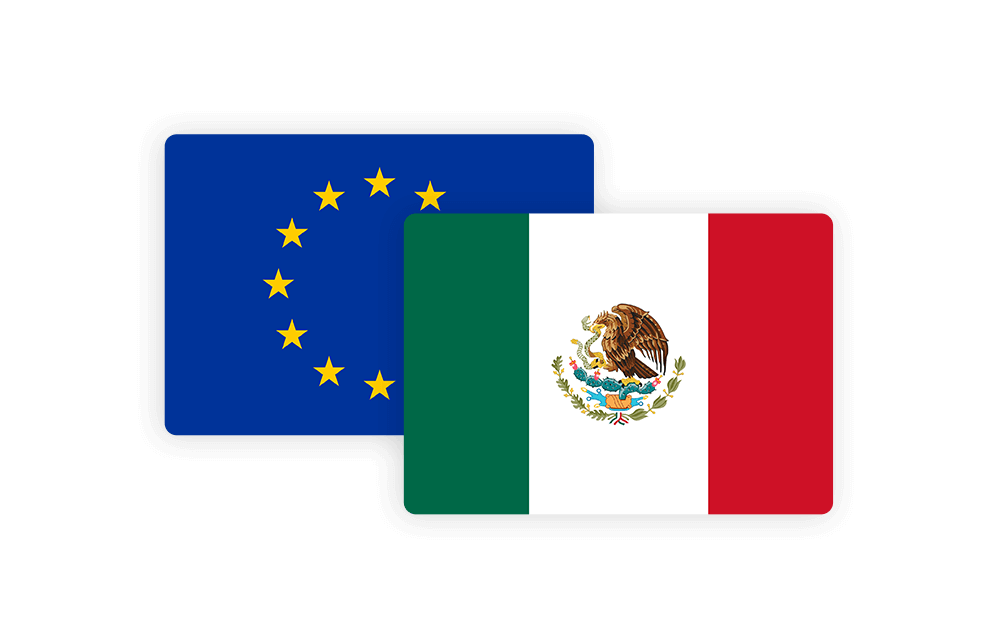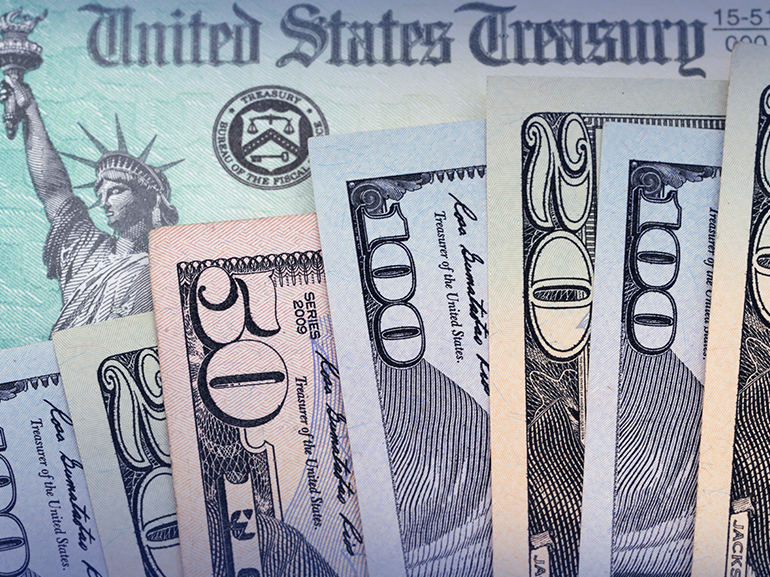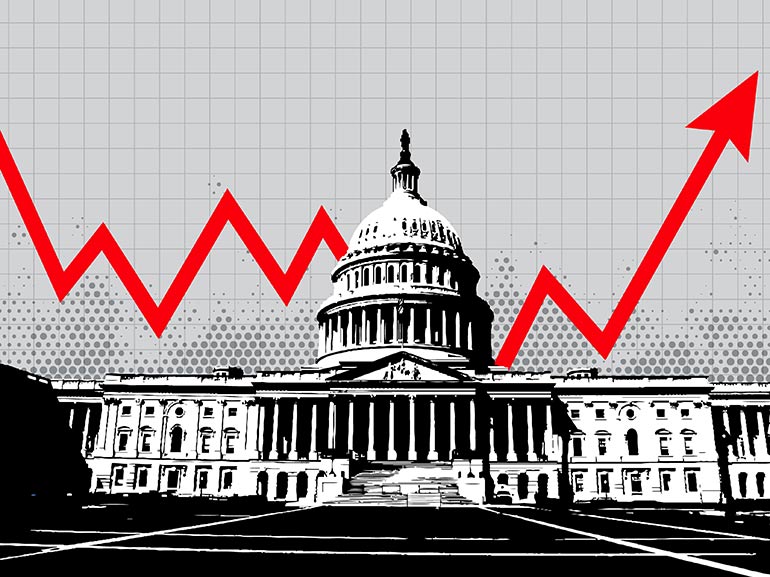EUR/MXN Trading Guide: How to Trade the EURMXN FX Pair
Date Modified: 15/12/2024
The EUR/MXN currency pair offers traders a chance to engage with the euro and the Mexican peso, both influenced by various economic and political factors. As an exotic forex (FX) pair, its exchange rate can be volatile, presenting both opportunities and risks.
This article covers the key drivers behind the EUR/MXN's market movements, such as monetary policies and commodity prices, and how traders can use contracts for difference (CFDs) to trade on price movements. Understanding these factors is essential for making informed trading decisions.

TL;DR
- The EUR/MXN currency pair represents the exchange rate between the euro and the Mexican peso.
- Monetary policy, global commodity prices, economic performance, and political stability are key drivers of the EUR/MXN exchange rate.
- Contracts for difference (CFDs) let traders speculate on EUR/MXN price movements without owning the currencies, but effective risk management is crucial as leverage amplifies both gains and losses.
EUR/MXN FX Pair: Overview
The EUR/MXN currency pair represents the exchange rate between the euro (EUR) and the Mexican peso (MXN), indicating how many pesos are required to purchase one euro. The euro is the second most traded currency globally, representing the economic health of the Eurozone, which consists of 20 European Union (EU) member states and over 340 million people. The Mexican peso, while less frequently traded than the euro, is a key currency in Latin America and the most traded currency in the region.
EUR/MXN is considered an exotic currency pair, as it combines a major global currency with one from an emerging market. The euro's influence stems from its global role as a reserve currency, with its value heavily impacted by European Central Bank (ECB) policies. Meanwhile, the peso, managed by the Bank of Mexico (Banxico), fluctuates in response to changes in trade relations, political stability, and global commodity prices, particularly oil.
This pair's liquidity is lower than major pairs like EUR/USD, making it more volatile and presenting traders with both risks and opportunities.
Trading EUR/MXN with CFDs
Contracts for difference offer a way to trade on EUR/MXN price movements without owning the actual currencies. Traders can participate in both rising and falling markets, which can make CFDs an option during market fluctuations. However, this volatility also makes it imperative to use sound risk management strategies.
With CFDs, you can use leverage, allowing you to control larger positions with smaller capital outlays. For instance, a 20:1 leverage ratio magnifies both potential gains and losses, meaning even small market movements can significantly impact your position. This makes it important to use risk management tools like stop-loss orders, which automatically close a position at a predetermined level to limit losses.
You can take a long or buy position if you expect the euro to strengthen or a short or sell position if you think the peso will gain. Key factors like interest rate policies, economic performance, and global events influence the EUR/MXN exchange rate, allowing traders to act on price movements through CFDs.
What Factors Influence the EUR/MXN Exchange Rate?
The EUR/MXN exchange rate is influenced by various factors, including monetary policy, global commodity prices, economic performance, and political stability, all of which play critical roles in determining currency strength. However, other variables may also impact the exchange rate, adding further complexity to the dynamics of this currency pair.
Monetary Policy Divergence
Monetary policy divergence refers to the difference in interest rate policies between two central banks, such as the ECB and Banxico. When the ECB raised interest rates by 75 basis points in September 2022 to combat inflation, such hikes were expected to potentially strengthen the euro relative to the Mexican peso by increasing demand for euro-denominated assets.
Similarly, when Banxico implements higher interest rates, it could boost the peso by attracting foreign capital. This is particularly true when oil prices are strong, as high petrol prices help mitigate capital outflows and peso depreciation. This divergence could lead to significant volatility in the EUR/MXN exchange rate as traders adjust to the regions' differing monetary policies.
Global Commodity Prices
Global commodity prices refer to the value fluctuations of key commodities, such as oil, which can significantly affect currency exchange rates, particularly for commodity-exporting countries like Mexico. When oil prices rise, Mexico's export revenues increase, strengthening the peso due to higher foreign exchange inflows.
At the same time, a decline in oil prices could weaken the peso, especially since oil exports constitute a significant portion of Mexico's government revenue, leading to depreciation against stronger currencies like the euro. This direct link between commodity price fluctuations and exchange rate movements is a key factor for traders analysing the EUR/MXN pair.
Economic Performance
Economic performance is a key driver of currency exchange rates, often measured through indicators like gross domestic product (GDP), representing the total value of goods and services produced by a country. Higher-than-expected GDP growth in the Eurozone could potentially strengthen the euro against the Mexican peso as increased production and exports boost demand for the currency.
Conversely, weaker GDP growth in Mexico might weaken the peso, as slower economic performance could reduce trader confidence and lead to a currency sell-off in favour of stronger economies like the Eurozone.
Political Stability
Political stability can significantly impact currency exchange rates as traders react to changes in government and political events. For instance, after the 2024 Mexican elections, the peso fell by around 4% against the U.S. dollar due to uncertainty surrounding potential policy changes. Such political instability can also affect other currencies, including the euro, as traders may seek more stable alternatives, leading to fluctuations in the EUR/MXN exchange rate.
Conclusion: Understanding EUR/MXN Currency Pair Trading
Trading the EUR/MXN FX pair requires understanding various influences, such as monetary policy, commodity prices, and political stability. Each of these factors plays a critical role in determining exchange rate movements, presenting traders with both opportunities and risks. By recognising how these factors interact, traders may be able to make more informed decisions.
If trading the EUR/MXN CFDs interests you, you can start trading EURMXN CFDs with Plus500.
FAQs
EUR/MXN is considered exotic because it pairs a major currency (euro) with an emerging market currency (peso), leading to less liquidity and higher volatility than more commonly traded pairs.
Mexico is a major exporter of commodities like oil, so fluctuations in global commodity prices can significantly impact the peso's value, influencing the EUR/MXN exchange rate.
The volatility of this exotic pair, combined with leverage, can amplify losses, making it essential for traders to use tools like stop-loss orders to manage risk effectively.
Related News & Market Insights
Get more from Plus500
Expand your knowledge
Learn insights through informative videos, webinars, articles, and guides with our comprehensive Trading Academy.
Explore our +Insights
Discover what’s trending in and outside of Plus500.
Stay up-to-date
Never miss a beat with the latest News & Markets Insights on major market events.


